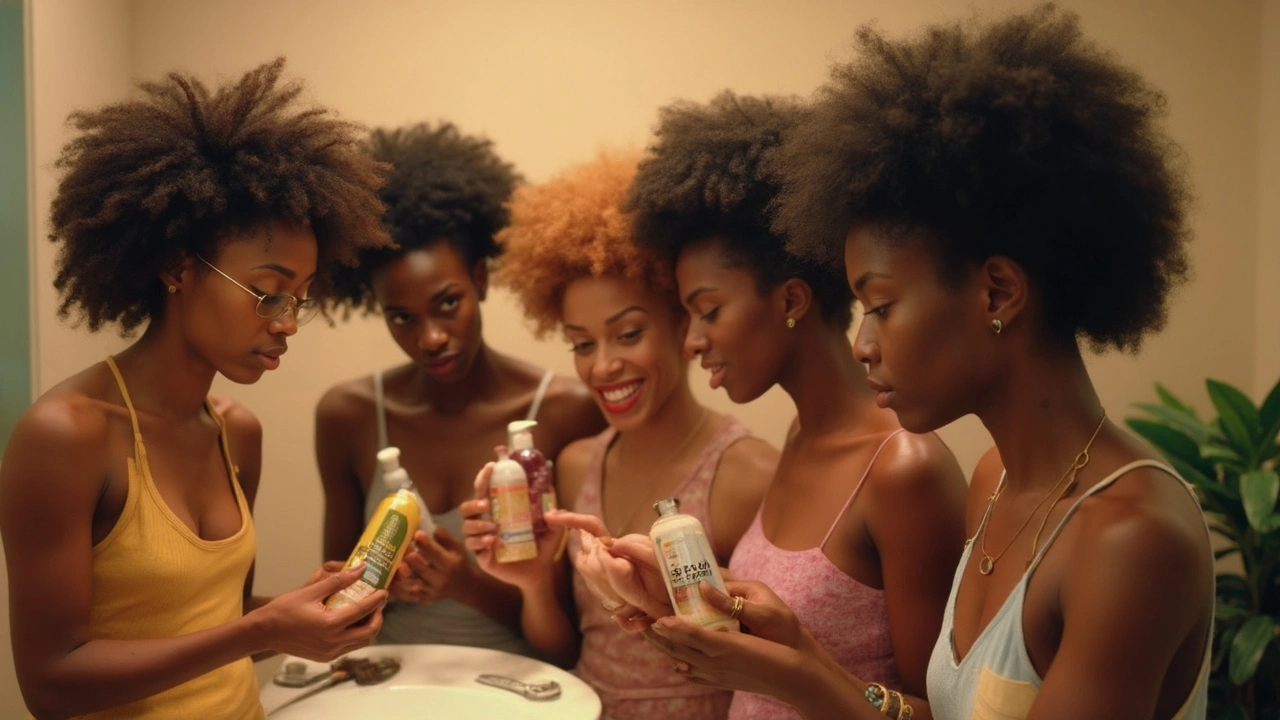Natural Hair Care Tips: Simple Steps for Strong, Healthy Hair
If you’ve ever felt confused about what your natural hair really needs, you’re not alone. Most of us have tried dozens of products, only to wonder why the results are hit‑or‑miss. The good news? You don’t need a chemistry degree to give your curls the care they deserve. Below are practical habits you can start today, plus a few do‑it‑yourself tricks that actually work.
Everyday Routine for Natural Hair
First things first – moisture is king. Your hair’s natural oils travel slowly from the scalp to the ends, so you have to help them along. A light leave‑in conditioner after each wash keeps the shaft hydrated without weighing it down. Look for ingredients like aloe, glycerin, or panthenol; they attract water and lock it in.
Second, protect your hair at night. A satin pillowcase or a loose satin scarf reduces friction, which means fewer split ends and less breakage. It only takes a few seconds to slip on, and you’ll notice less frizz in the morning.
Third, trim regularly. Cutting off ½‑inch every 8‑10 weeks removes old, damaged tips and encourages healthier growth. It sounds counterintuitive, but getting rid of split ends actually lets your hair appear longer because breakage slows down.
DIY Treatments and What to Skip
Many people swear by homemade masks, but not every kitchen recipe is safe for your strands. A tried‑and‑true blend is 1 cup of coconut oil, ½ cup of honey, and a few drops of rosemary essential oil. Warm the mix, apply to damp hair, and leave it on for 30 minutes before rinsing. The coconut oil penetrates the shaft, honey adds moisture, and rosemary supports scalp circulation.
On the flip side, steer clear of harsh chemicals like sulfates and alcohol‑heavy gels. Sulfates strip natural oils, leaving your curls brittle. Alcohol can dry out the cuticle, making the hair look dull. Choose sulfate‑free shampoos and light gels that list water, glycerin, or aloe as the first ingredients.
Heat styling is another common pitfall. Even a low‑heat diffuser can cause damage if used daily. Limit heat to once a week, and always use a heat protectant spray. If you need volume, try a plopping technique with a microfiber towel – it enhances curls without any heat.
Finally, pay attention to your diet. Hair is made of protein, so meals rich in lean meat, beans, or nuts provide the building blocks for growth. Omega‑3 fatty acids from fish or flaxseed support scalp health and reduce inflammation.
Putting these steps together creates a simple, repeatable routine: keep moisture high, protect at night, trim often, choose gentle products, and add a weekly DIY mask. You’ll notice less breakage, better definition, and a healthier shine without spending hours in front of the mirror.
Remember, every head of natural hair is unique. If a tip feels off, tweak it until it fits your texture. Consistency beats perfection – stick with the basics, and let your curls thrive naturally.






